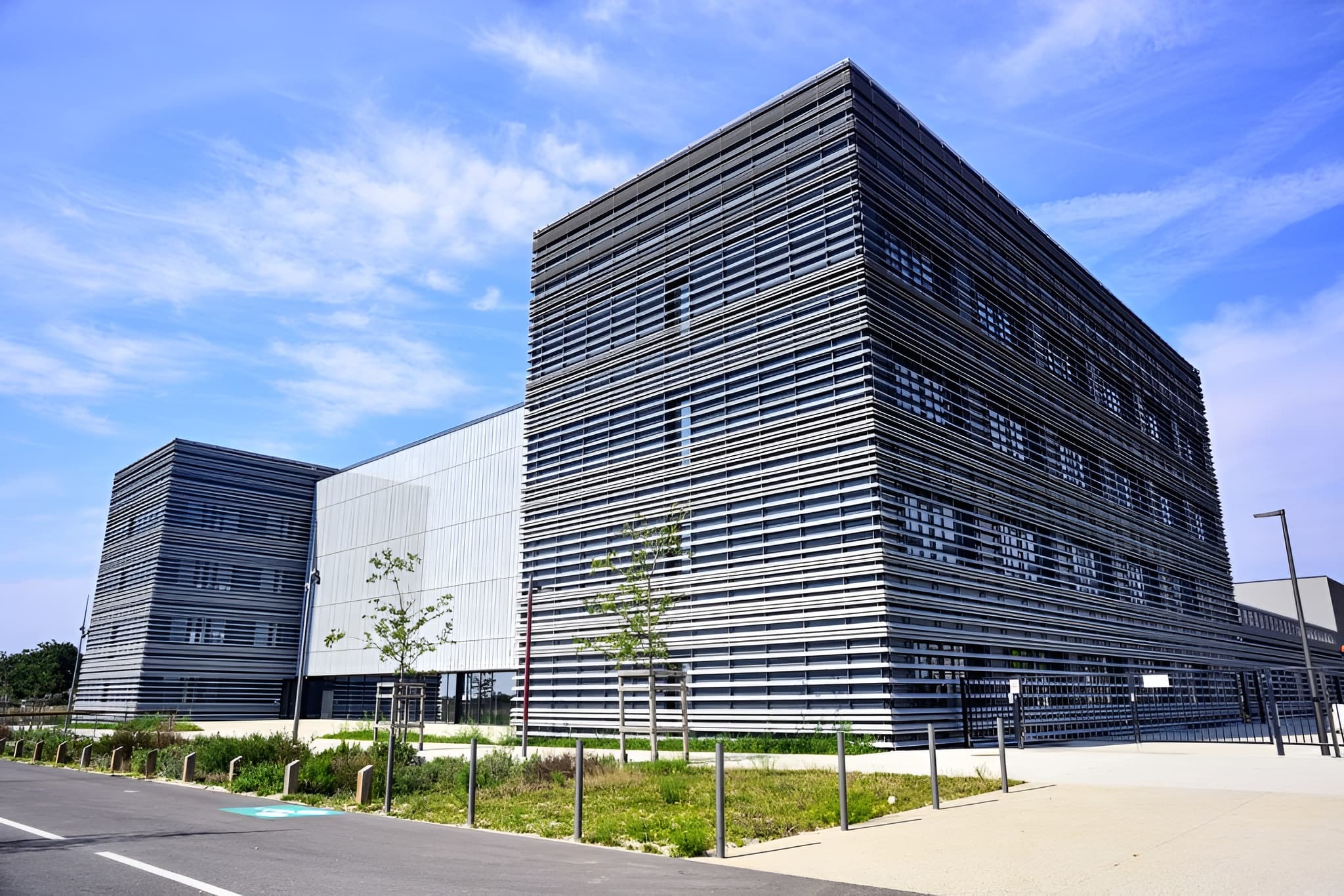
Sesterce is setting up a giant supercomputer and an AI campus in Drôme.
With an investment of €1.8 billion, Sesterce announces the establishment of France's most powerful supercomputer and an AI innovation campus at the Rovaltain site.
On Thursday, March 13, 2025, Sesterce—a leading European operator specializing in next-generation infrastructure for high-performance computing (HPC) and artificial intelligence—officially unveiled its ambitious project in the Drôme region: a next-generation supercomputer set to be operational by 2026, along with an AI innovation campus located within the Écotox hub, just steps from the Valence TGV station.
This project, representing an investment of €450 million—rising to €1.8 billion including GPU hardware—positions France as a key player in both high-performance computing and European digital sovereignty.
A Supercomputer Dedicated to AI
The future site in Alixan will host France’s largest supercomputer—and potentially one of Europe’s largest, featuring:
- 40,000 GPUs dedicated to training and inference for AI models
- A closed-loop liquid cooling system, ensuring optimal energy efficiency (PUE 1.1)
- 800 new jobs created within the local ecosystem
- Waste heat recovery for industrial use and district heating, significantly reducing environmental impact
Announced on February 10 during the International AI Summit in Paris, the initiative fully aligns with the AI 2030 Plan, supporting the development of sovereign, sustainable, and high-performance digital infrastructure.
An Innovation and AI Campus
Sesterce’s AI Campus aims to be a true ecosystem where companies, startups, researchers, and students collaborate to accelerate AI development and deployment. Designed as an innovation hub, the campus will offer an ideal environment for creation, training, and research in AI technologies.
- An innovation incubator: The campus will host incubators and accelerators to support AI startups and entrepreneurs. These programs will provide mentorship, resources, and funding opportunities to turn ideas into real-world solutions. Regular hackathons and competitions will foster creativity and encourage the emergence of new AI applications in a dynamic and competitive setting.
- Training and cutting-edge education programs: As AI continues to evolve rapidly, the campus will offer bootcamps and immersive workshops to develop hands-on skills—accessible to both beginners and advanced users. Online courses will also allow self-paced learning across a wide range of AI topics. The campus will incorporate federated learning initiatives, promoting collaborative data processing on major issues like future healthcare and climate change mitigation.
- A collaborative space for applied AI projects: One of the campus's main goals is to facilitate collaboration between companies, startups, and academic institutions. By bringing together diverse stakeholders, it will help spark ambitious research projects and develop AI solutions tailored to industrial and societal challenges.
“Through this initiative, we aim not only to position the Drôme as a center of excellence in artificial intelligence, but also to actively contribute to the rise of a responsible, high-performance AI that serves both businesses and citizens,” adds Youssef El Manssouri, CEO and Co-founder of Sesterce.
An Optimized Ecological Approach
A key strength of Sesterce’s project lies in its eco-friendly and sustainable energy strategy. Unlike traditional cooling systems that require constant water consumption, the company has implemented a closed-loop system. Water enters at 15 to 20°C to cool the servers, then exits at around 60°C and transfers its heat to a second circuit via a heat exchanger. This dual-use system offers two main benefits: it allows water to be reused and enables heat recovery for district heating.
Thanks to our closed-loop system, we achieve exceptional energy efficiency with 98% Joule effect while saving 96% of water compared to conventional systems. This almost fully reinvested energy also helps reduce local CO₂ emissions by 60%,” explains Anthony Tchakerian, Co-founder and COO of Sesterce.
Supercharge your ML workflow now.
Sesterce powers the world's best AI companies, from bare metal infrastructures to lightning fast inference.

